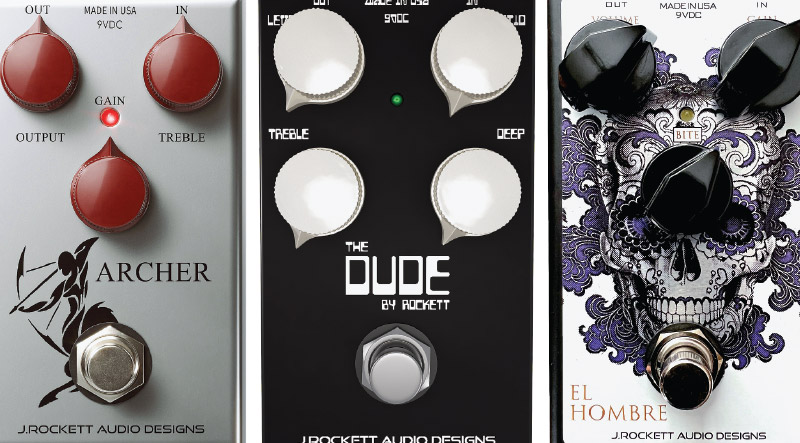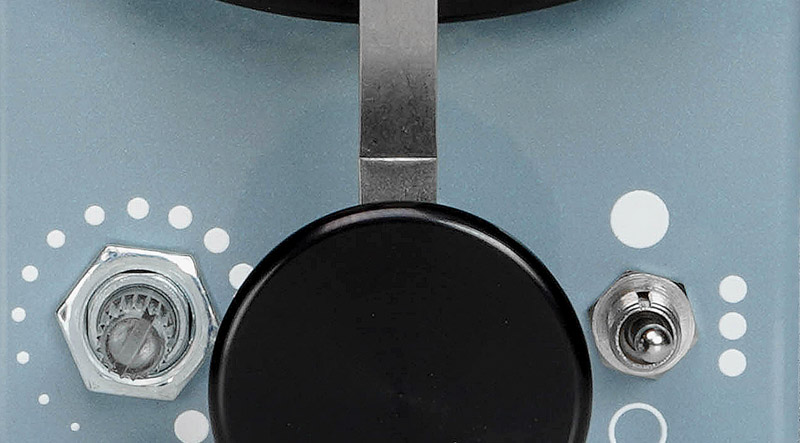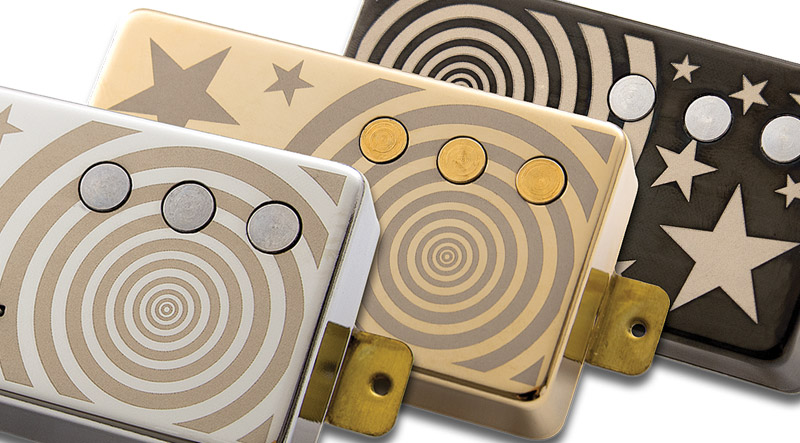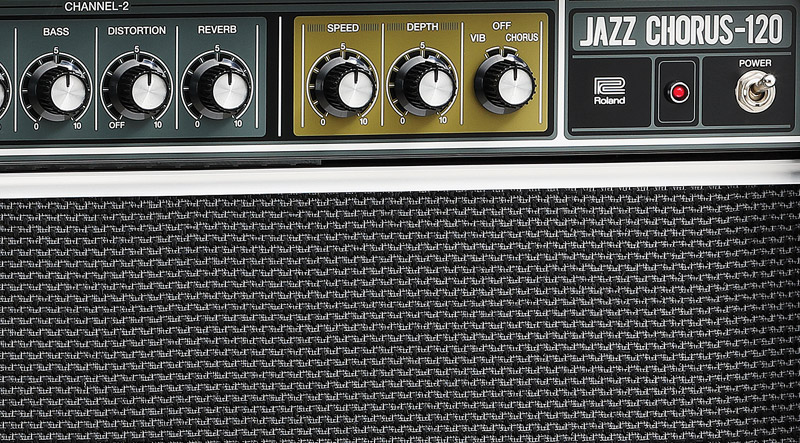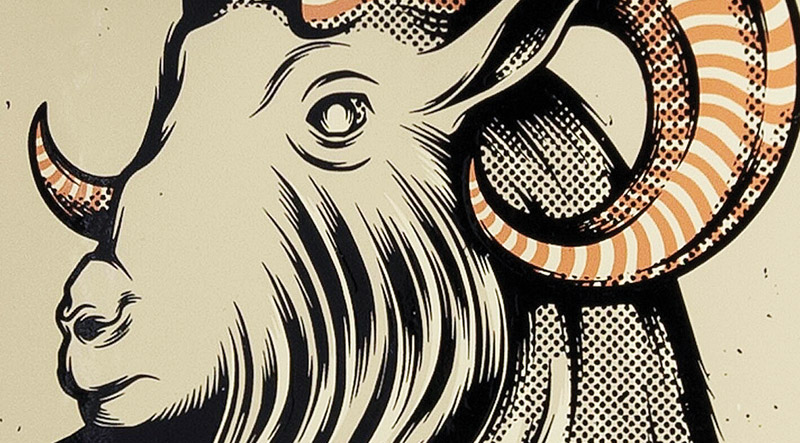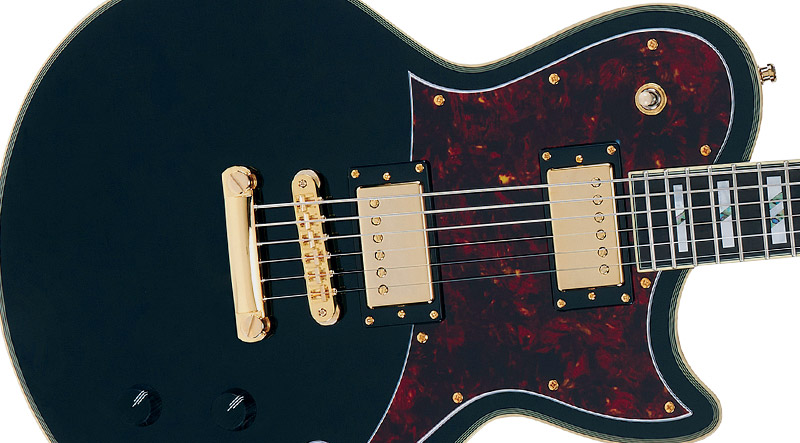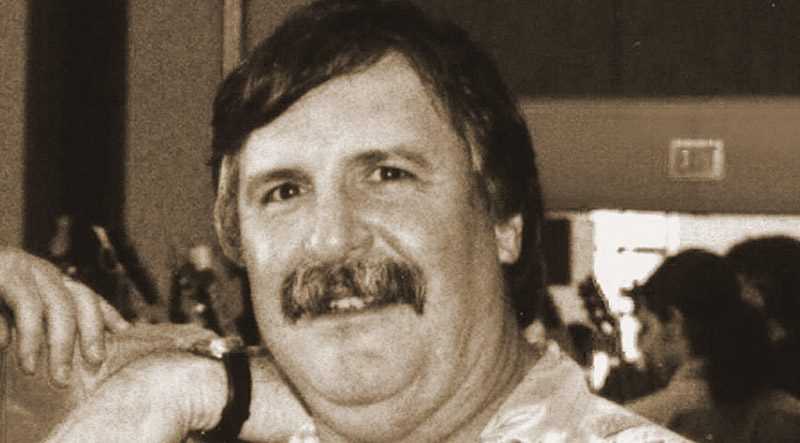
www.rockettpedals.com
Part of the success behind J. Rockett Audio Designs lies in the fact that, like any player who might tackle building a pedal for themselves, Chris Van Tassel and Jay Rockett design stompboxes that they love to play. Their effects attract some of the finest players in the world, so the formula is working.
The company’s Archer overdrive is a tribute to the fabled Klon Centaur, which for years has starred on the pedalboards of top guitarists who love its sweet, transparent, germanium richness. Using a Les Paul Standard through a Fender Deluxe Reverb, the J. Rockett version captured the charismatic personality of the Klon, with a smidge more grit, bite, and glorious clean headroom – at a fraction of the cost of an original.
The Dude is another overdrive favorite. J. Rockett’s take on the Dumble Overdrive Special amp, plugged in between a Telecaster and a Bassman reissue, delivered rich harmonic clarity, opulent bass, touch sensitivity, and noiseless footswitching whether running as a clean boost or applying more-complex grit. Transparent clean boost escalates into snarling low mids, singing neck-pickup leads, and delicious overtones.
New from J. Rockett is the El Hombre, which leans heavily into the sounds of that “Little ol’ band from Texas.” With a Strat plugged into a Marshall DSL40, it offered a range of overdriven sizzle; the Bite knob works like an EQ, delivering punchy, plexi-like aggression, Van Halen harmonics, and Texas teeth. It goes from chill to kill, instantly supplying warmth, sustain, feel, and fierce clarity. It’s also fun to play.
J. Rockett pedals take up minimal real estate, are built like a Sherman tank, and employ simple knob layouts that allow users to quickly get down to business. J. Rockett Audio Designs builds effects pedals that make guitarists want to play the guitar, and that’s the crux of the biscuit.
This article originally appeared in VG’s February 2023 issue. All copyrights are by the author and Vintage Guitar magazine. Unauthorized replication or use is strictly prohibited.

